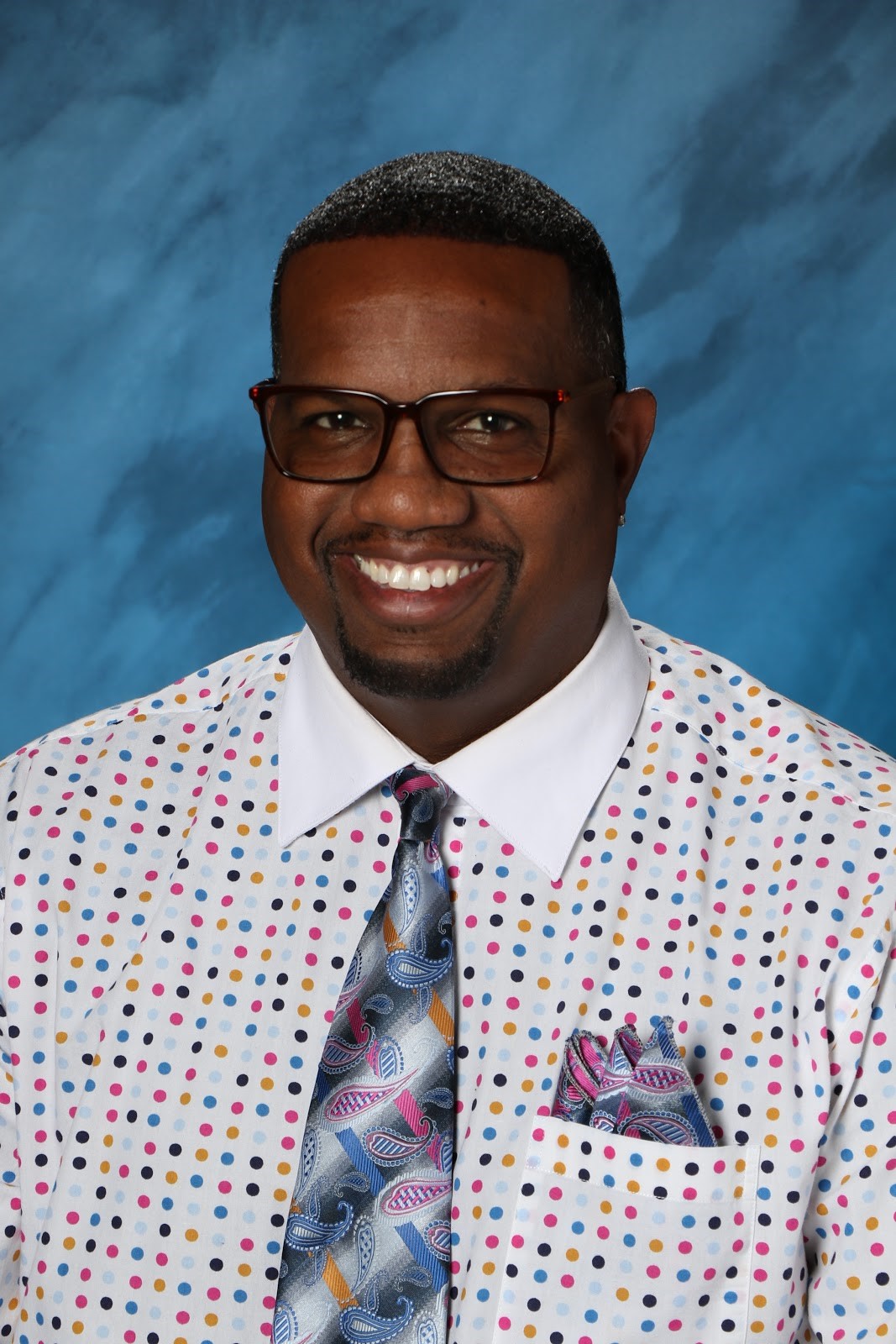Become a “Resilience” Seeker
As teachers, you all probably know young people who have experienced an unfair amount of difficulty in their lives and yet, have grown into amazing adults. Think for a moment about just one person you know who is like that. We talked last week about trauma and the impacts it has on our brains. Yet, have you ever wondered what it is that allows some people to overcome poverty, tragic loss, violence or other traumatic experiences?
The word “resilience” is sometimes overused which means, it is also misunderstood. From a research perspective, resilience refers to a process of coping and adaptation that occurs overtime that allows a person to overcome and even in many cases, grow stronger, despite adversity.
We all experience some loss or challenges throughout our lifetimes. These things are just part of the human experience. However, a person is considered “high-risk” for negative outcomes if that person experiences four or more risk factors in a short period of time. McCubbin calls this the “pile-up” effect. It means most of us can adapt to the loss of parent as hard as it is. However, if I am struggling with poverty, grew up in a home with violence, am facing a health crisis, and then find out that my parent died, this level of stress will put me at a higher likelihood of negative outcomes such as poor health, increased mental health problems, or relationship problems. For a young person, to have these traumatic experiences happen as they are growing up and still forming their identity, this level of stress can be even more challenging.
Yet, despite the fact that one is considered at “high-risk,” there are many people who cope effectively with these things. Now, I want to be clear. Risk-focused research is important because it teaches us about prevention. If we know poverty predicts poor health outcomes, we should do all we can to prevent poverty. However, many of the students you are teaching have already experienced these risk factors. If prevention is our only option, as important as it is, we leave these young people with very little hope, something that is dangerous for the human spirit.
Resilience research offers an explanation for why some people are able to overcome the negative effects of risk while others are not. Think about it, research suggests that if you were raised by a parent struggling with addiction, you are more likely to face your own addiction or partner with someone who has these same issues. Yet, you and I all know people who do have this history and in fact, do not have an addiction nor are they partnered with someone who does. What is the difference?
Although high-risk predicts negative outcomes, there is something called protective factors that also impacts these outcomes. These protective factors are essentially our strengths, or in other words, the things within us and within our community that can essentially squash the negative effects of those risk factors.
So, what is the message? We should whenever possible prevent things like poverty, discrimination, violence, and trauma. However, as a teacher working with young people who have already experienced these things, there is indeed hope. We can activate their strengths (protective factors) and cultivate the process of resilience in the children we teach to help them overcome the challenges they have faced.
In the next weekly tip on resilience, we will be telling you about the 10 most commonly talked about strengths that help people cope and adapt to the difficulties in our lives. For now, I want to encourage you to first start focusing on finding resilience. Pay attention to the people in your life who you would describe as resilient and watch the things they do to overcome adversity. Learning how to foster resilience in your students is an important part of your survival guide and remains at the heart of what it means to teach.
Take Action
During this week, your job is to be a resilience seeker. Look around and identify people in your community, other teachers, family members, neighbors, and children, who are overcoming the challenges set before them. Notice them and pay attention to the things they do that help them cope and adapt.
Be ready in a few weeks to then hear about the specific strengths (protective factors) that are identified in research as most important and see if these things are consistent with your own observations.
Thank you for all you are doing to support the children and young people in our schools. You truly are making a difference!
